Kombucha mushroom is also known as tea mushroom. This name covers a colony of bacteria and a yeast culture that belongs to the SCOBY group (Symbiotic Cultures of Bacteria and Yeasts).
As research showed, its composition included bacteria of the genus Acetobacter aceti, Komagataeibacter xylinum, Gluconobacter oxydans, Acetobacter pasteurianus, Acetobacter nitrogenifigens, and Gluconacetobacter kombuchae.
There are also yeast, e.g.,:
The tea mushroom![]() does not look very beautiful. It has the form of a gelatinous mass. Its color is usually white or has a light orange shade.
does not look very beautiful. It has the form of a gelatinous mass. Its color is usually white or has a light orange shade.
When you add it to sweetened tea, it begins to ferment. This process creates a sweet-sour![]() , sparkling, and refreshing drink with an intriguing taste. You can buy a ready-made kombucha drink in health food stores and online.
, sparkling, and refreshing drink with an intriguing taste. You can buy a ready-made kombucha drink in health food stores and online.
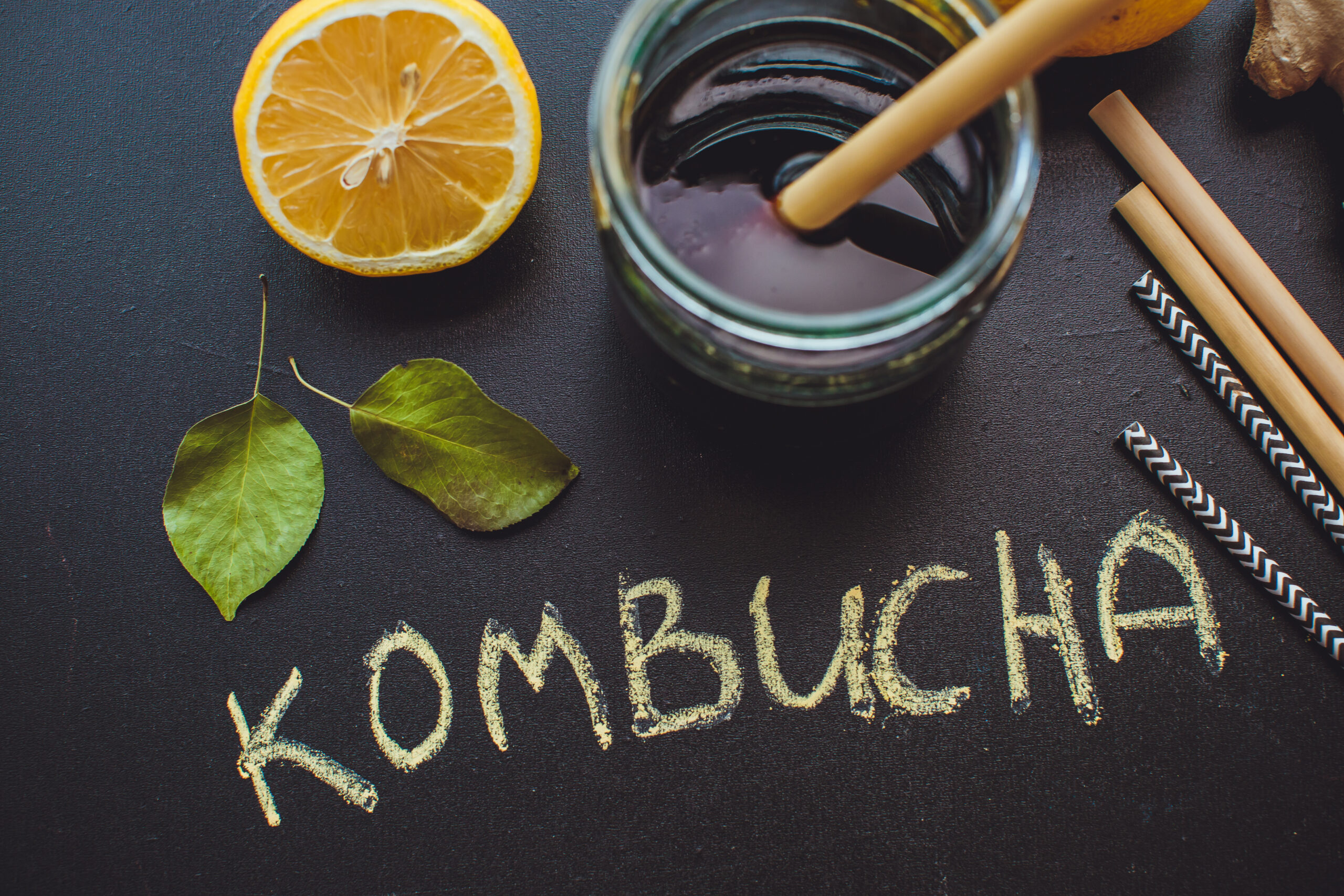
Depending on the type of these microorganisms, the composition![]() of the drink obtained by fermentation of the mushroom may vary.
of the drink obtained by fermentation of the mushroom may vary.
Various organic acids are present, such as acetic, gluconic, glucuronic, citric, lactic, malic, tartaric, malonic, oxalic, succinic, pyruvic, usnic; sugars: sucrose, glucose, fructose; vitamins: B1, B2, B6, B12, C; 14 amino acids, biogenic amines, purines, fats, proteins, a small number of hydrolytic enzymes, ethanol, carbon dioxide, phenols, a small number of polyphenols, minerals, anions and glucaronic acid lactone and many other various metabolites of bacteria and yeast.
Microorganisms found in kombucha metabolize substrates in a variety of complementary ways. Yeast synthesizes invertase, which breaks down sucrose into glucose and fructose. At the same time, they use fructose and produce ethanol in the process of glycolysis. Acetic acid bacteria use glucose to synthesize gluconic acid and metabolize ethanol to acetic acid. During fermentation, the pH of the drink decreases due to the formation of acids. For the first eight days, the obtained product has the characteristics of a refreshing drink, and then it turns into food vinegar.
Due to the content of so many compounds, drinking kombucha has many health properties, although most have not yet been confirmed by scientific research.
Kombucha has a sour, slightly tart, but also sweetish aftertaste, which is not to everyone's taste![]() . Sometimes, it may resemble spoiled apple juice. However, some enjoy this drink because it is refreshing and even delicious.
. Sometimes, it may resemble spoiled apple juice. However, some enjoy this drink because it is refreshing and even delicious.
It owes its sour character to the large amount of organic acids present. The pH of kombucha should vary from 2.5 to 4.5. A more alkaline reaction will facilitate the multiplication of colonies of unfavorable bacteria, which will disturb the harmony and proportions between the beneficial microorganisms in kombucha.
Kombucha lovers, however, are guided not so much by its taste but by the valuable properties it acquires during the fermentation process of the mushroom, which results in a positive effect on the entire body.
According to its composition, researchers claim that kombuchas' health benefits![]() include, e.g.:
include, e.g.:
Kombucha helps regulate digestion and kidney and bladder function and supports liver regeneration.
Kombucha also has many valuable properties when used externally, which is why it is used in the production of cosmetics![]() , e.g.:
, e.g.:

While kombucha is generally considered safe for most people, it is significant to mention that not everyone can drink it.
Kombucha is contraindicated in people with impaired immune systems![]() , transplant recipients, and autoimmune diseases. In such cases, the harmfulness of unpasteurized kombucha mushrooms is high and can cause a bacterial blood infection or fungemia (fungal infection of the blood). Due to the lack of appropriate scientific research, Kombucha consumption is not recommended for pregnant and breastfeeding women.
, transplant recipients, and autoimmune diseases. In such cases, the harmfulness of unpasteurized kombucha mushrooms is high and can cause a bacterial blood infection or fungemia (fungal infection of the blood). Due to the lack of appropriate scientific research, Kombucha consumption is not recommended for pregnant and breastfeeding women.
There has been information on intense allergic reactions, acidosis, and liver complications due to potentially contaminated kombucha drinking – although these have been extremely rare and usually associated with other medical conditions.
Individuals can experience digestive discomfort![]() after consuming kombucha, especially if they drink too much of it.
after consuming kombucha, especially if they drink too much of it.
How long to drink kombucha? Research suggests that consuming large amounts of kombucha may lead to unpleasant side effects, i.e., abdominal pain, nausea, dizziness, and allergic reactions. Cases of metabolic acidosis and liver and kidney diseases have also been reported. Therefore, the FDA indicates the dose of kombucha to 125 ml of the drink daily.
Doctors' opinions on the use of kombucha are divided. Dentists compare drinking it to other carbonated drinks – it has a low pH, and the more acidic the saliva, the more friendly the oral cavity is to breeding cariogenic bacteria.
Kombucha mushroom is available in some health food stores, and we can grow other mushrooms ourselves because they multiply very effortlessly. Therefore, only “the mother” of the tea mushroom is needed to grow kombucha.
Fermentation![]() causes new layers to grow on the mushroom surface, constituting a separate yeast and bacteria culture. This part can be separated from the previous one very effortlessly. You can use the new kombucha mushroom to make another drink portion.
causes new layers to grow on the mushroom surface, constituting a separate yeast and bacteria culture. This part can be separated from the previous one very effortlessly. You can use the new kombucha mushroom to make another drink portion.
The finished drink is nothing more than fermented tea. You can make it yourself at home very effortlessly.
The fungus feeds on the sucrose contained in the tea. Then, the whole thing begins to ferment. The process usually takes from 4 days to 2 weeks. The fungus consumes about 95% of the sugar. If we do not stop fermentation after this time, we will get tea vinegar. How to make the perfect kombucha?
Preparing kombucha![]() is very simple.
is very simple.
What you need to prepare kombucha:
Below, we have described step by step how to prepare kombucha yourself:
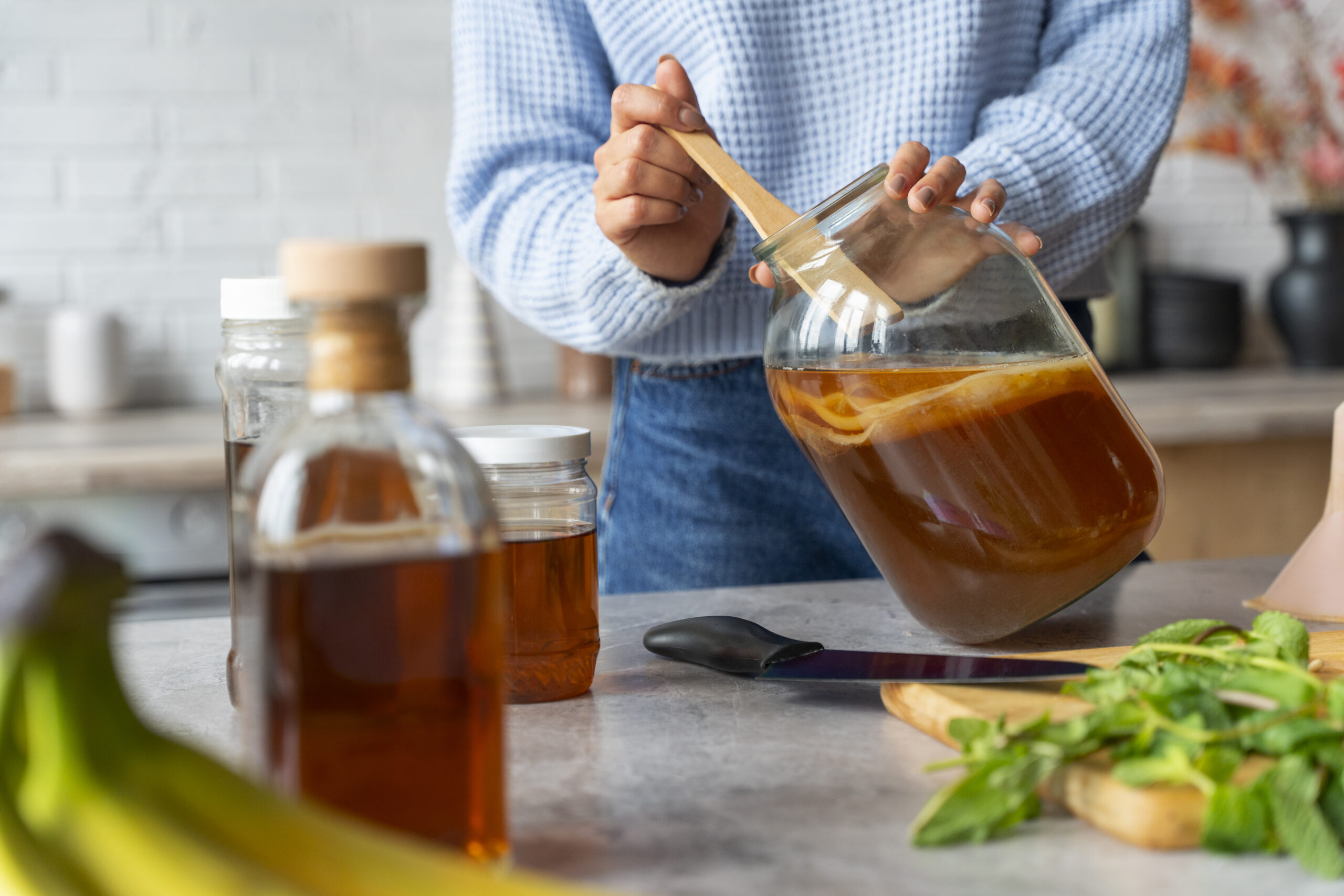
The most significant ingredient, without which you cannot make kombucha, is the SCOBY starter![]() – a symbiotic culture of bacteria and yeast. When purchasing a starter from stores or microbreweries, we can be sure that the SCOBY was grown in appropriate sterile conditions.
– a symbiotic culture of bacteria and yeast. When purchasing a starter from stores or microbreweries, we can be sure that the SCOBY was grown in appropriate sterile conditions.
As in the case of bread leaven, a starter can also be an older kombucha made earlier. If you are preparing your first drink and don't know which starter to choose, use our kombucha.
Kombucha starter usually consists of a liquid and cellulose part. To prepare a liter of drink, you will need approximately 250 ml of the liquid portion and 50 g of the solid part. It is best to add the starter to the infusion with sugar when the temperature reaches below 35 degrees. Why? If we said it to a drink that was too hot, some of the significant bacteria and yeast could die.
To prepare a liter of kombucha, brew 4 g of tea.
Do you value a more expressive taste? In such a situation, adding 7 to 10 g of tea per liter of kombucha is recommended.
Sugar![]() is crucial in the kombucha preparation process. It makes the drink stronger and helps to ferment faster. What sugar is best to use? You can add beet sugar and cane sugar to prepare the drink. Remember that sugar may be an element of the drink's flavor when deciding.
is crucial in the kombucha preparation process. It makes the drink stronger and helps to ferment faster. What sugar is best to use? You can add beet sugar and cane sugar to prepare the drink. Remember that sugar may be an element of the drink's flavor when deciding.
Kombucha is supposed to be a healthier alternative to other drinks. That is why we suggest not overdoing it with sugar. The optimal amount is 55 to 65 g of sugar per liter of kombucha.
Can sugar in kombucha be replaced with anything? Unfortunately, no – it is an essential ingredient of this delicious drink. It cannot be replaced with other sweeteners like stevia or xylitol.
Let's summarize the previous steps – to prepare kombucha, first brew the tea, strain, then add sugar, mix cold water, add the starter, and mix well again. Then, cover the jar with the drink tightly with a breathable cloth and leave it to ferment at room temperature.
After about two days, a gelatinous substance will appear on the surface of the kombucha, which will become thicker over time. You will also notice darker yeast pods hanging from the SCOBY. Thanks to them, the kombucha will slowly start to form bubbles. Then, you can start tasting the drink.
How long will it take for homemade kombucha to be ready to drink? There is no specific time in which kombucha is prepared – it all depends on the conditions we ferment (temperature, airflow, starter used, and other ingredients). Typically, the drink is ready after 6-10 days, but if you like more vinegary flavors, you can wait a little longer.
Choose bottles made of thick glass (we don't want the fermenting drink to break the bottle) and with an appropriate closure. The specialists recommend storing kombucha to use capped bottles – so you can be sure that they are tight.
If you prefer a slightly carbonated kombucha, pour it into bottles and put it in the fridge overnight. If you want a more carbonated drink, use a second fermentation. All you need to do is leave the kombucha (with or without additives) at room temperature for a few days (2-4) and then put it in the fridge overnight so that the naturally accumulated carbon dioxide can dissolve in the drink.
It is natural that in bottles, after some time, a small SCOBY may appear on the surface of the kombucha. It is because air remained in the bottles when pouring the drink. You can drink it safely.
Do not use fruit and juices for the second fermentation. Due to their high acidity, they often seem not very sweet, but they have a lot of sugar. Why do you need to be careful about this? The large amount of sugar in the second fermentation can cause very high carbon dioxide pressure in the bottle. Too much stress, at best, guarantees excitement when opening the bottle. At worst – especially in bottles made of thin glass – it can cause an explosion.
Table of Contents
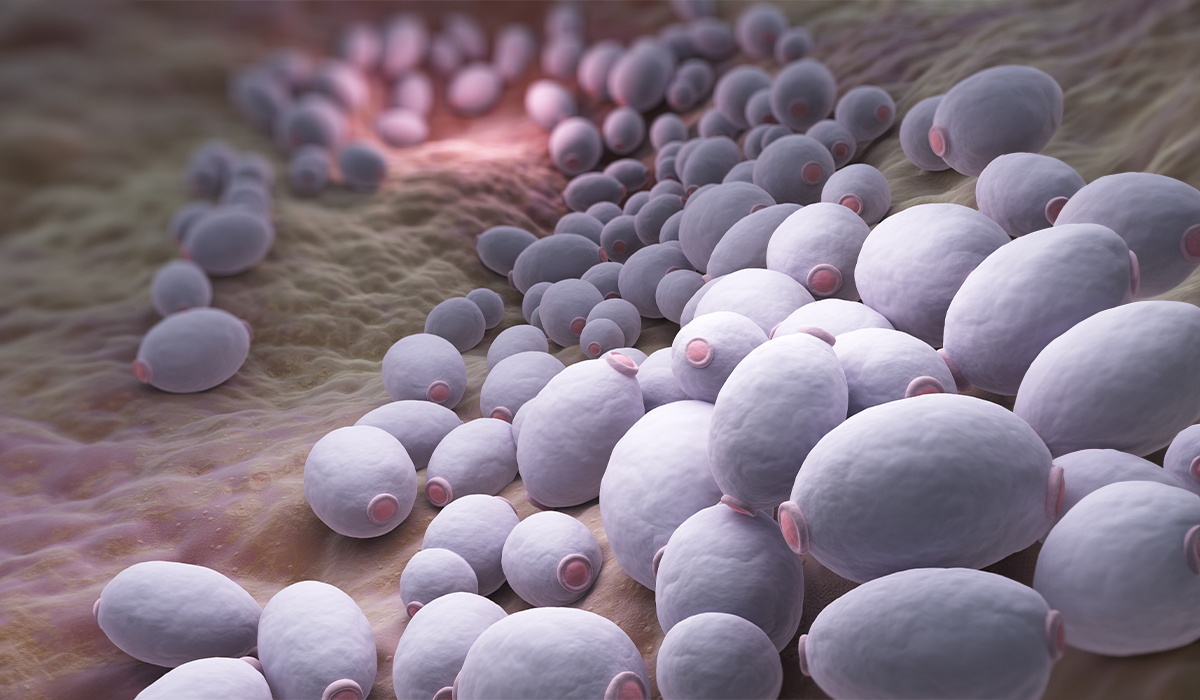
Candidiasis are common. It can affect different parts of the body. Find out more about yeast infection. Discover the best… read more »

Find out what ar the causes of vaginal yeast infection and how to avoid it. Learn about symptoms and treatment. read more »
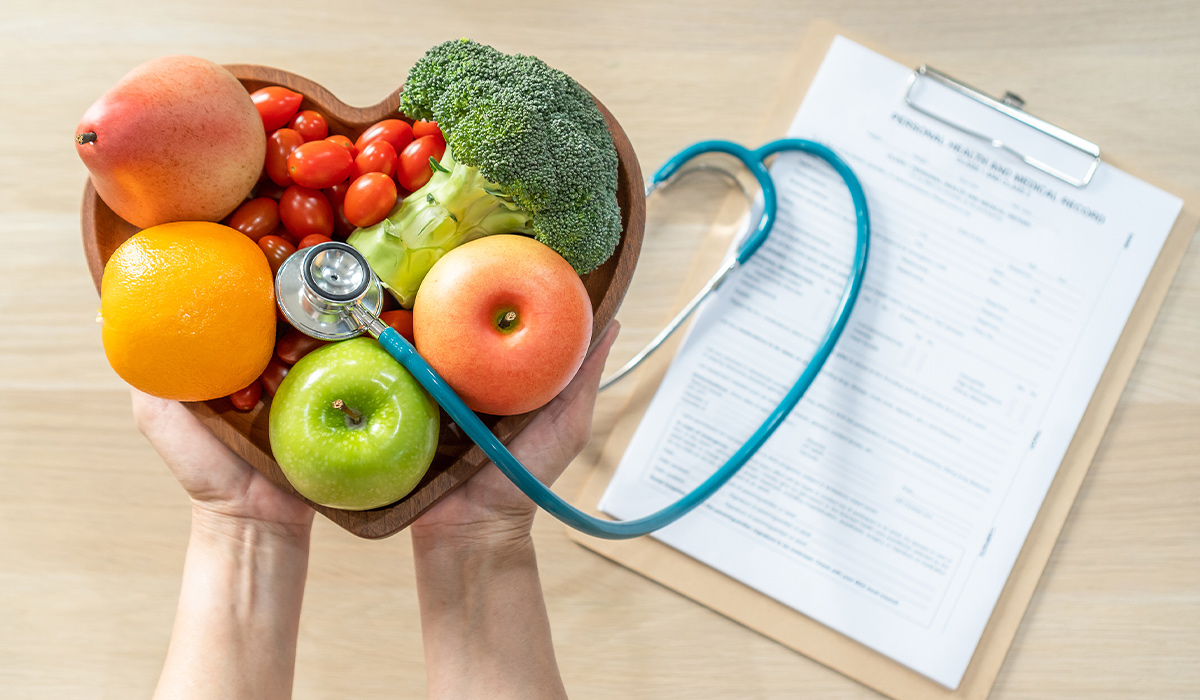
Do you know what to put in your diet to lower your cholesterol? Learn about 15 foods that effectively affect… read more »

Lactic acid is an organic chemical compound used in various industries. Lactic acid bacilli are essential for health. Learn more… read more »

Diaper rash is when little kids and babies sometimes get a rash from wearing nappies if their skin is wet… read more »
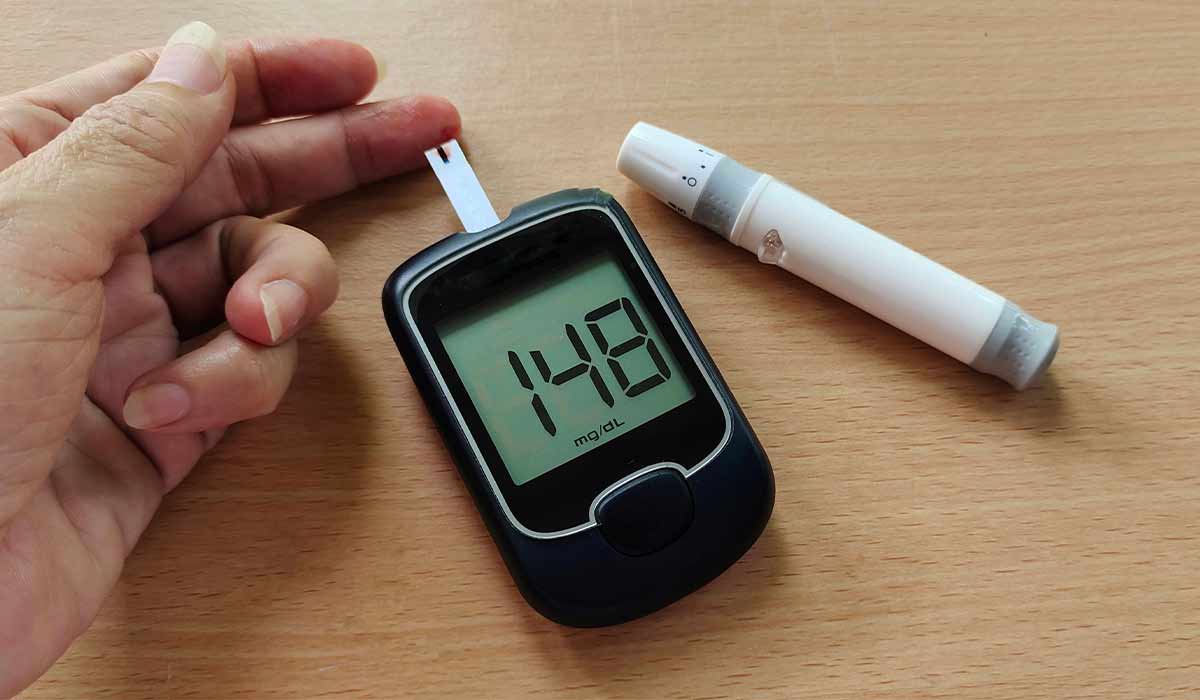
When blood glucose levels are too high, it leads to a hyperglycemia. Discover effective ways to reduce your sugar levels… read more »
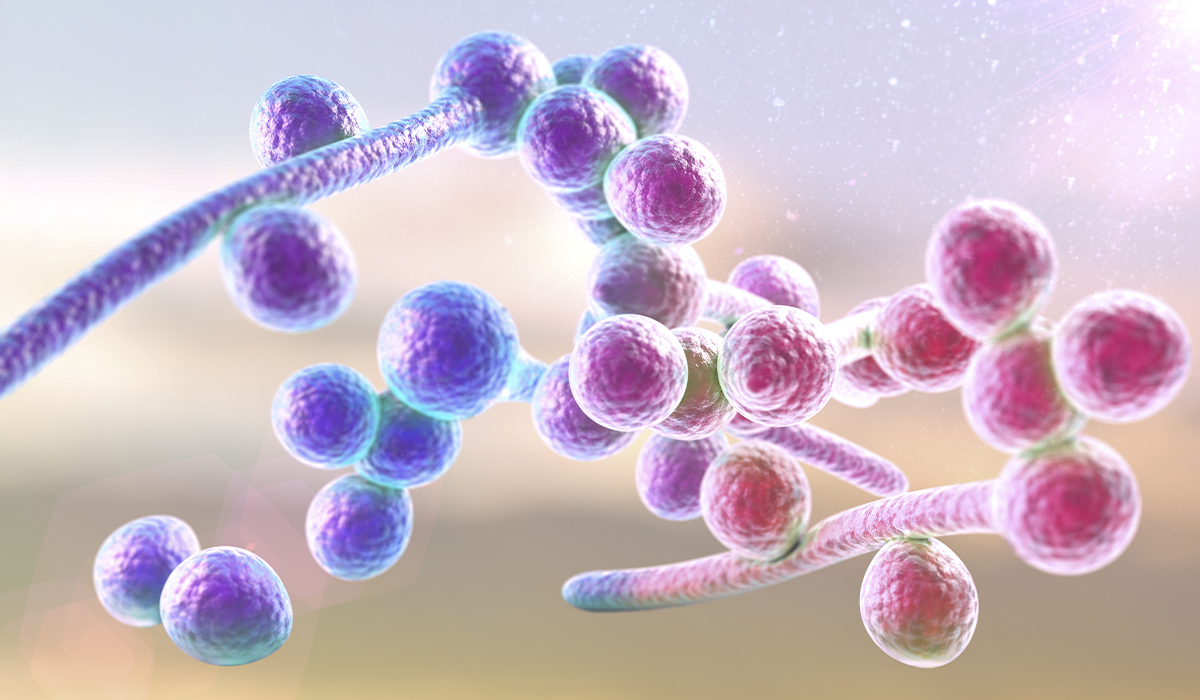
Candida is a type of yeast that is naturally present in the human body. When is it dangerous? What health… read more »
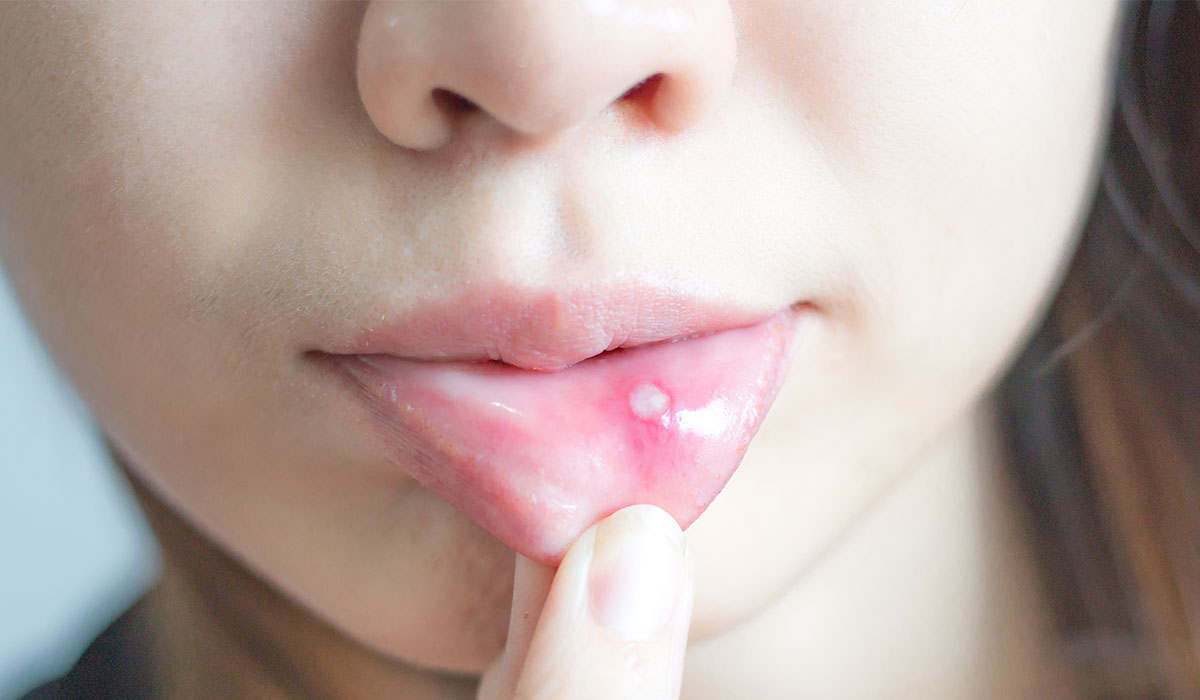
Also known as oral candidiasis, oral thrush is an infection caused by the fungus Candida albicans. The fungus is a… read more »
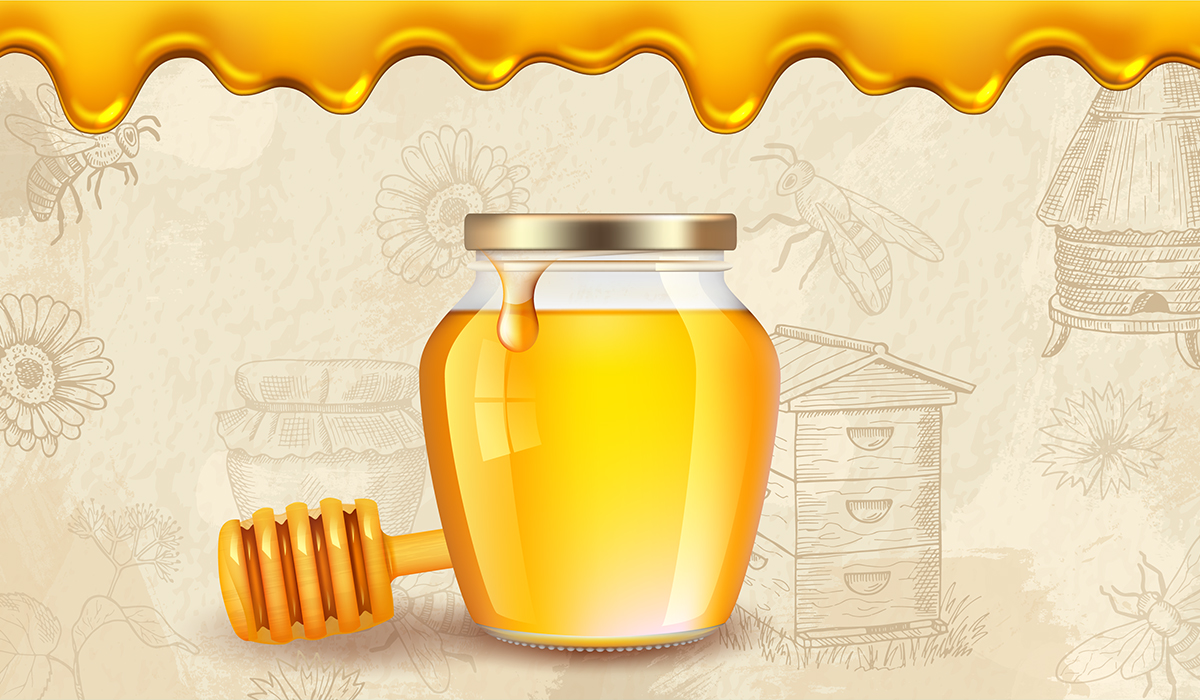
Honey not only delights with its sweet taste, but also has many health properties. Learn about the benefits of eating… read more »